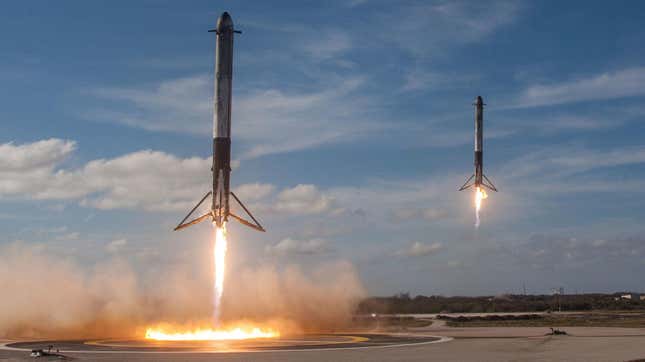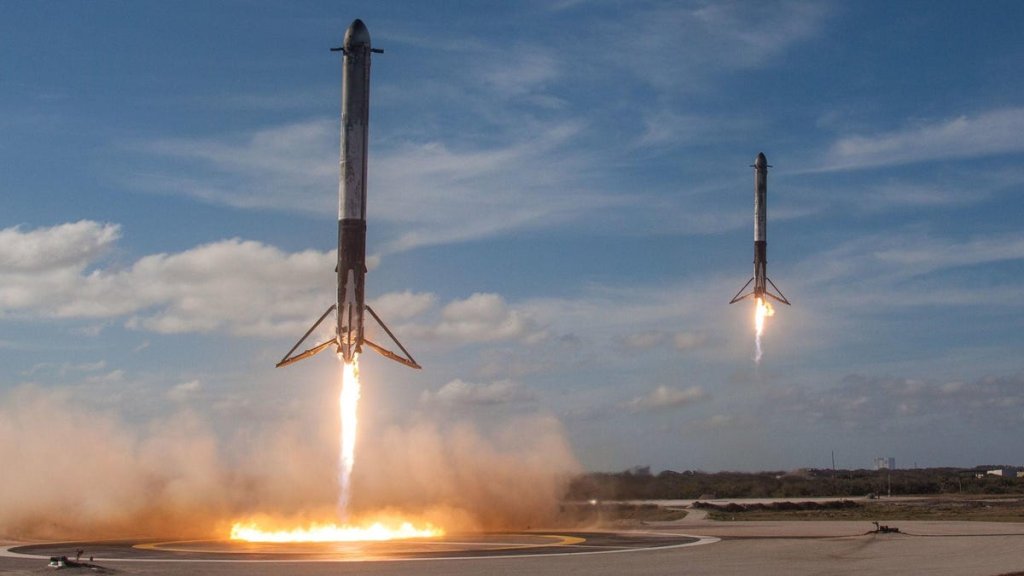
Update: June 25, 6:00 p.m. ET: SpaceX’s Falcon Heavy successfully blasted off shortly before 5:30 p.m. ET on Tuesday.
Original article follows:
The fourth and final member of a next-generation weather satellite constellation is getting ready to launch on board a Falcon Heavy rocket to provide constant coverage of both Earth and space weather.
The National Oceanic and Atmospheric Administration’s (NOAA) GOES-U mission is slated for launch on Tuesday during a two-hour launch window that opens at 5:16 p.m. ET. The satellite will ride atop a SpaceX Falcon Heavy rocket, which will lift off from Launch Complex 39A at NASA’s Kennedy Space Center in Florida. It’s the first launch for Falcon Heavy this year and its tenth launch overall.
The launch will be broadcast live on NASA’s website and the space agency’s YouTube Channel. You can also tune in through the feed below. Coverage is set to begin at 4:15 p.m. ET.
The GOES system, short for Geostationary Operational Environmental Satellite, is already delivering continuous imagery and atmospheric measurements of Earth’s Western Hemisphere. It’s also mapping lightning activity in real-time and monitoring solar activity and space weather. Data gathered by the satellite constellation have led to more accurate and timely weather forecasts, as well as better understanding of long-term climate conditions.
The first satellite of the series, GOES-R, launched in 2016, followed by GOES-S in 2018, and GOES-T in 2022. GOES-U, the final addition to the constellation, is carrying a new compact coronagraph that will image the outer layer of the Sun’s atmosphere to detect and characterize coronal mass ejections. The constellation serves a dual purpose: it monitors weather conditions on Earth as well as in space.
The satellites orbit at an altitude of 22,236 miles above Earth’s equator, moving at speeds that match the planet’s rotation. This synchronization allows them to maintain fixed positions over specific geographic regions, enabling continuous coverage of those areas over time.
Falcon Heavy will be flying with three brand new boosters, according to NASA Spaceflight. The rocket’s two side cores will attempt landings at Cape Canaveral Space Force Station in Florida, specifically at Landing Zones 1 and 2 (LZ-1 and LZ-2) and recycled for future flights. The core stage will not be recovered.
For more spaceflight in your life, follow us on X and bookmark Gizmodo’s dedicated Spaceflight page.

